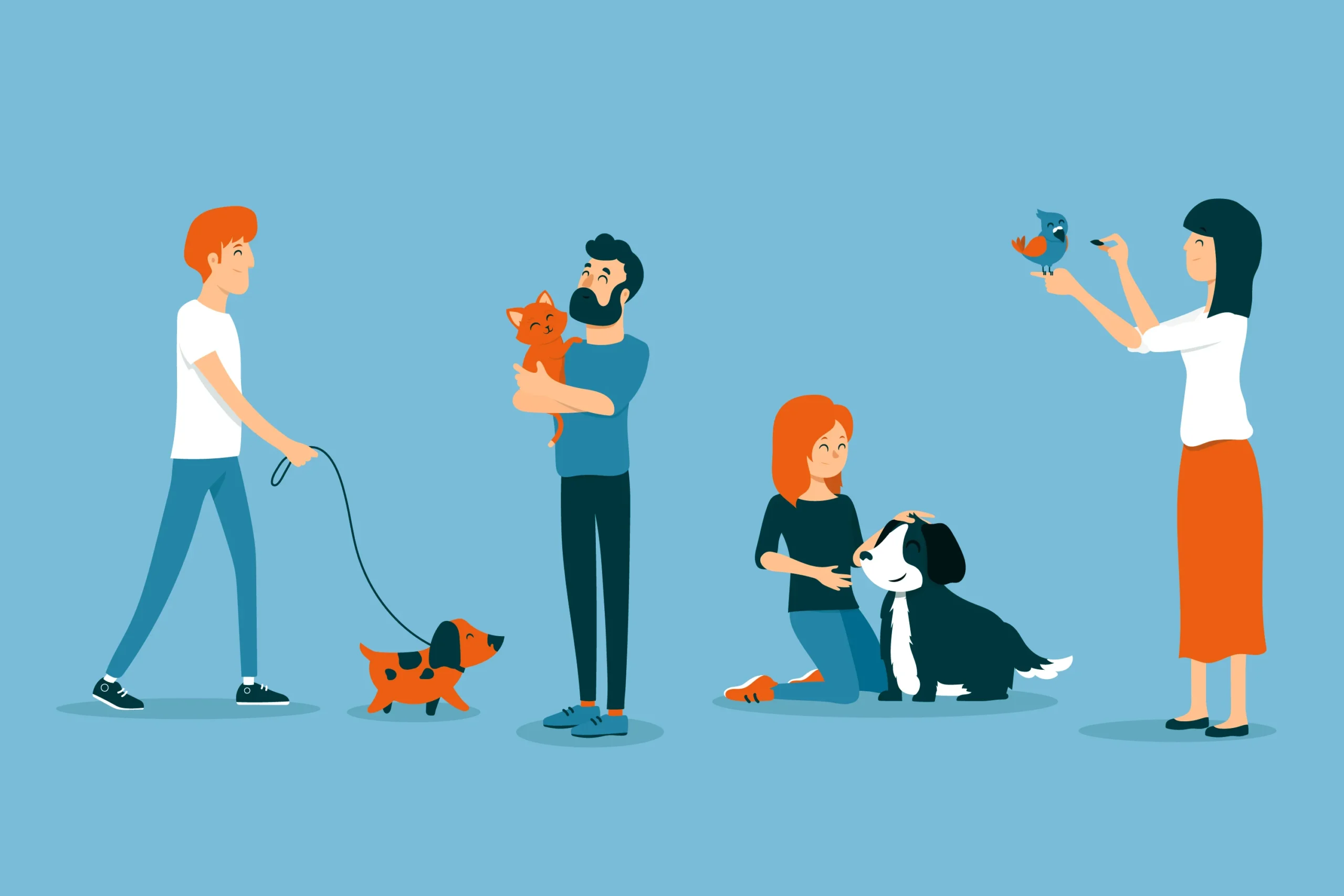Introduction
Training your dog to follow commands is not only essential for a well-behaved pet but also enhances the bond between you and your furry friend. Effective command training ensures that your dog understands your expectations and can respond appropriately in various situations. This comprehensive guide will walk you through the steps and techniques needed to train your dog to follow commands successfully. Whether you’re a first-time dog owner or looking to refine your dog’s obedience, this article will provide you with practical advice and tips to achieve your training goals.
Understanding Dog Training Basics
Before diving into specific commands, it’s important to understand the foundational principles of dog training. These principles will guide you in creating a positive and effective training environment.
1. Establishing a Training Routine
Consistency is key to successful dog training. Establish a regular training schedule to reinforce commands and behaviors. Short, frequent training sessions are more effective than long, infrequent ones. Aim for 5-10 minute sessions a few times a day to keep your dog engaged and prevent fatigue.
2. Positive Reinforcement
Positive reinforcement involves rewarding your dog for desired behaviors. This could be in the form of treats, praise, or playtime. The goal is to associate following commands with positive outcomes, encouraging your dog to repeat the behavior. Avoid using negative reinforcement or punishment, as it can lead to fear and anxiety.
3. Clear and Consistent Commands
Use clear and consistent commands for each behavior you want to teach. Choose simple, distinct words and use them consistently. For example, use “sit” for the sitting command and avoid using similar-sounding words to prevent confusion.
Teaching Basic Commands
Starting with basic commands sets the foundation for more advanced training. Here’s how to teach your dog some fundamental commands:
1. Teaching “Sit”
The “sit” command is one of the easiest and most useful commands to teach your dog. Follow these steps:
- Get Your Dog’s Attention: Hold a treat close to your dog’s nose to get their attention.
- Move the Treat: Slowly move the treat up and over your dog’s head. As their head follows the treat, their bottom will naturally lower to the ground.
- Say the Command: As your dog’s bottom hits the ground, say “sit” and immediately give them the treat.
- Repeat and Reinforce: Practice this command several times in short sessions. Gradually increase the duration before giving the treat.
2. Teaching “Stay”
The “stay” command is essential for maintaining control in various situations. Here’s how to teach it:
- Start with “Sit”: Begin with your dog in the “sit” position.
- Introduce the Command: Open your palm towards your dog and say “stay” in a firm, calm voice.
- Step Back: Take a step back from your dog. If they remain in place, return to them and reward them with a treat.
- Increase Distance: Gradually increase the distance and duration of the stay command. Practice in different environments to improve their reliability.
3. Teaching “Come”
The “come” command is crucial for recall and safety. Here’s how to teach it:
- Start in a Controlled Environment: Begin training in a secure, enclosed space.
- Use a Leash: Put your dog on a leash to ensure they stay close.
- Call the Command: Crouch down, open your arms, and enthusiastically call “come.” Use a cheerful tone to make it inviting.
- Reward Immediately: When your dog comes to you, praise them and give a treat. Repeat the command and reward until they respond consistently.
Addressing Common Training Challenges
Training can come with its share of challenges. Here’s how to address common issues:
1. Lack of Attention
If your dog struggles with paying attention during training:
- Minimize Distractions: Choose a quiet area for training sessions.
- Use High-Value Treats: Use treats that are especially appealing to your dog to capture their attention.
- Increase Engagement: Keep training sessions short and engaging to maintain your dog’s focus.
2. Inconsistent Responses
Inconsistent responses can be a result of unclear commands or inconsistent training:
- Be Consistent: Use the same commands and rewards every time. Consistency helps your dog understand what is expected.
- Review Basic Commands: If your dog is inconsistent, revisit basic commands and ensure they are fully understood before moving on to more complex behaviors.
3. Overexcitement
If your dog becomes overexcited during training:
- Calm Environment: Begin training in a calm setting and gradually introduce distractions as your dog improves.
- Use Calm Commands: Use a calm and firm voice to help your dog focus and reduce excitement.
- Practice Relaxation: Teach your dog to settle down before starting a training session.
Advanced Training Techniques
Once your dog has mastered basic commands, you can move on to advanced training techniques:
1. Teaching Tricks
Tricks like “roll over” or “play dead” can be a fun way to challenge your dog and reinforce their training. Break the trick into small steps and reward each progress.
2. Leash Training
Proper leash training is essential for enjoyable walks. Teach your dog to walk beside you without pulling by using positive reinforcement and practicing loose-leash walking techniques.
3. Socialization
Socializing your dog with other dogs and people helps them become well-adjusted and confident. Expose your dog to various environments, experiences, and individuals in a positive and controlled manner.
Conclusion
Training your dog to follow commands is a rewarding process that strengthens the bond between you and your pet. By establishing a consistent routine, using positive reinforcement, and applying clear commands, you can effectively teach your dog a variety of commands. Addressing common training challenges and incorporating advanced techniques will further enhance your dog’s obedience and overall behavior. Remember, patience and persistence are key to successful dog training. With dedication and the right approach, you’ll enjoy a well-trained, responsive companion who brings joy to your daily life.


